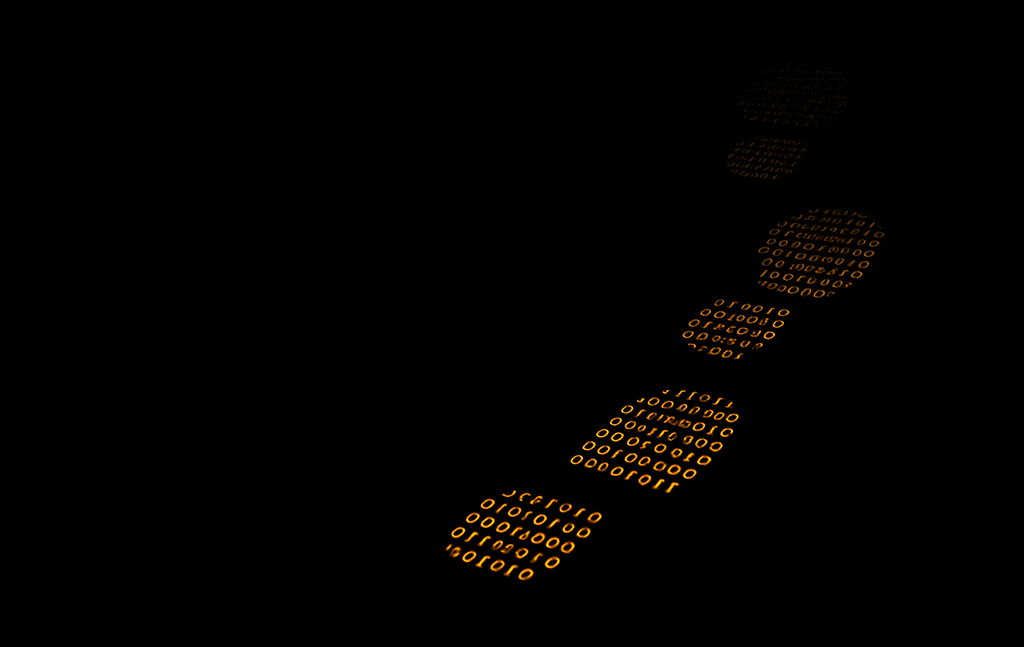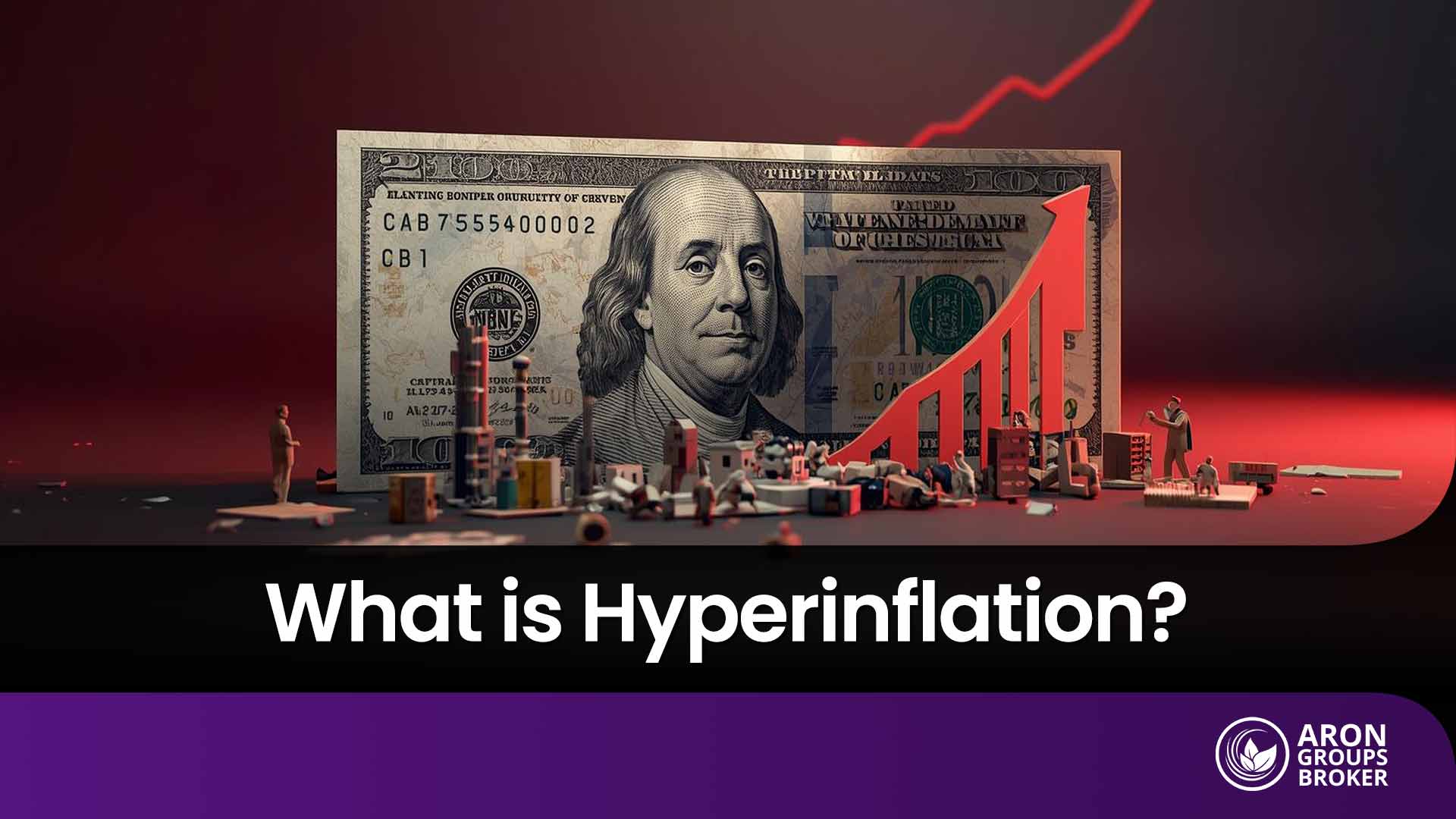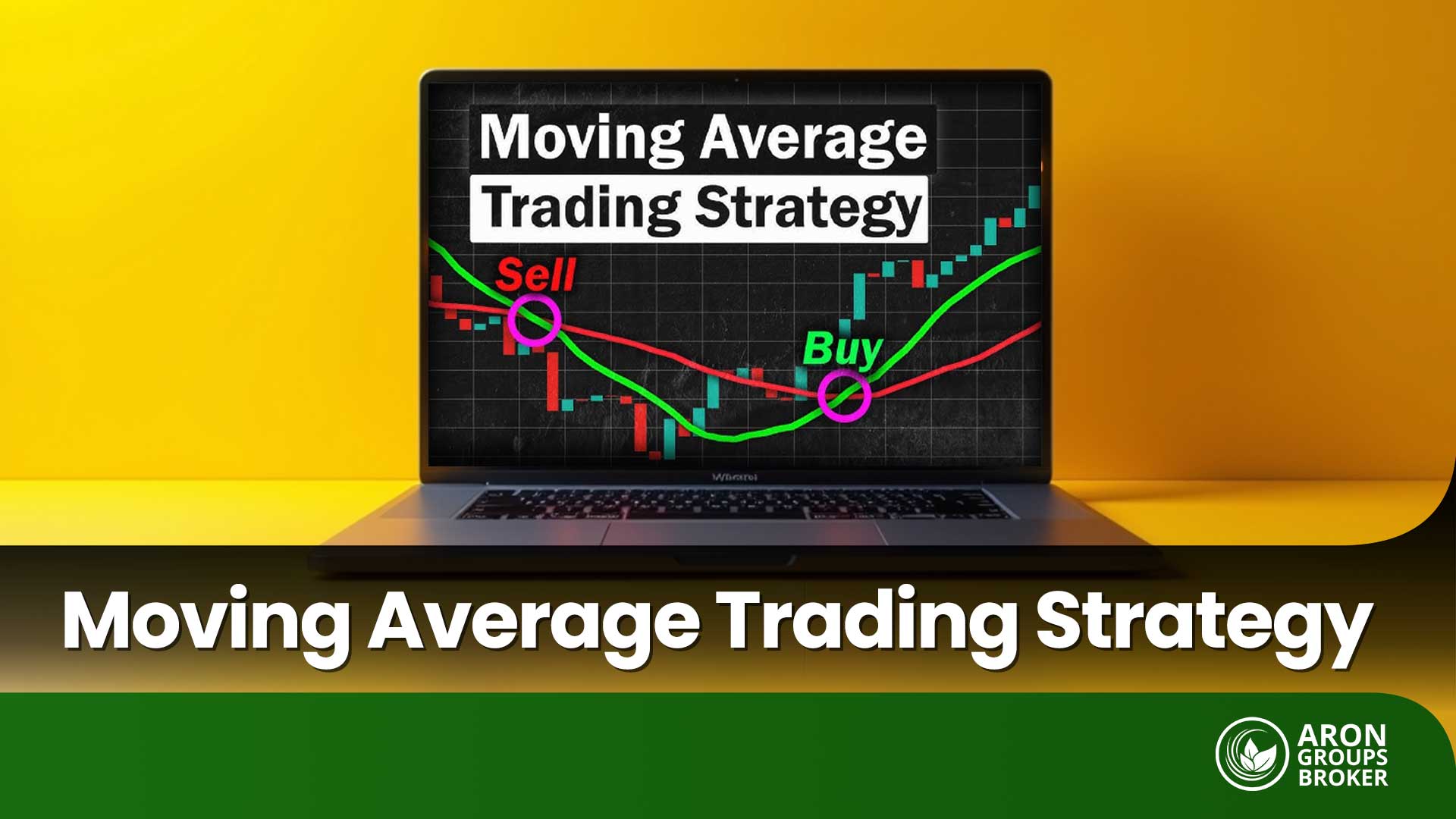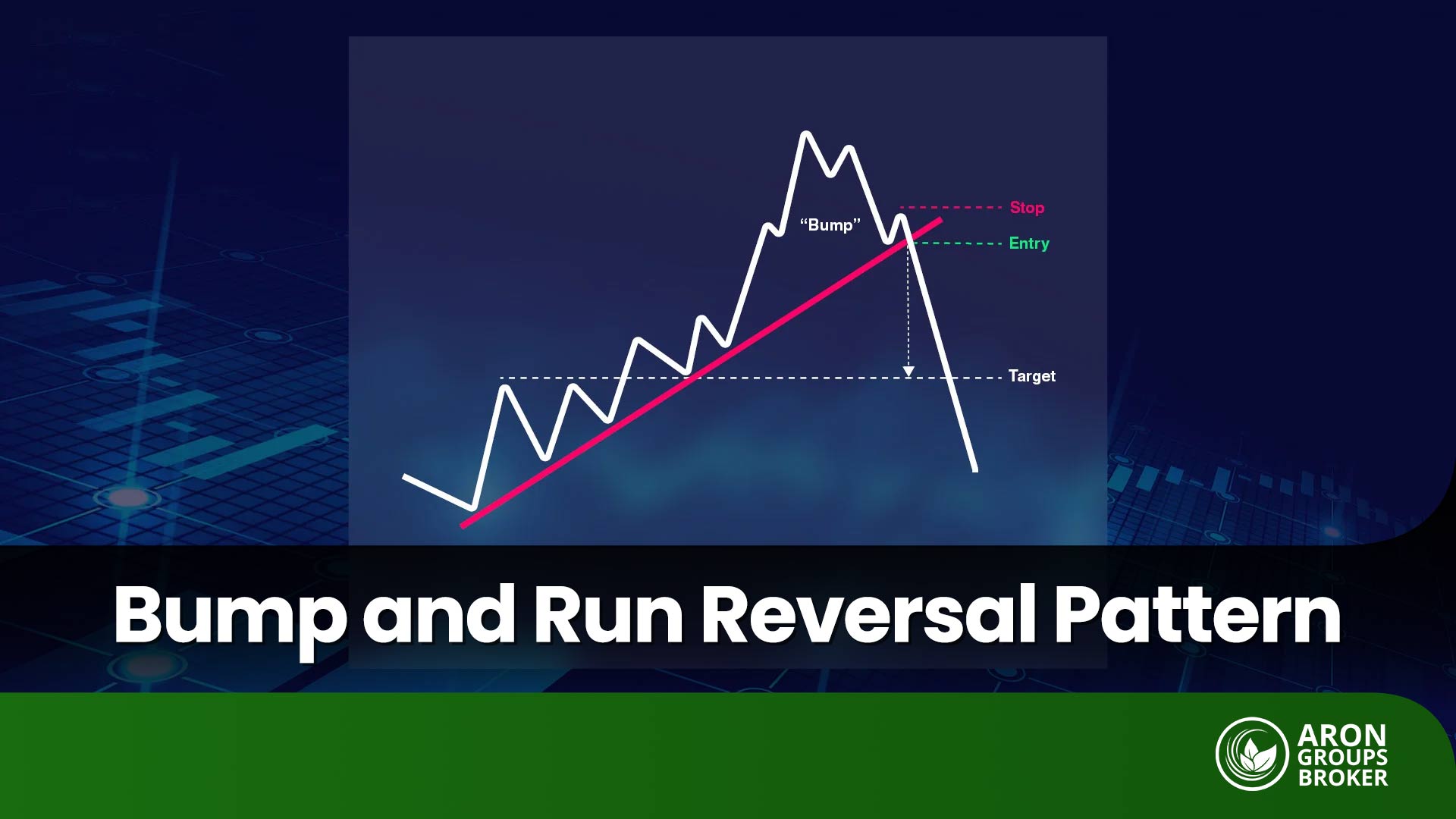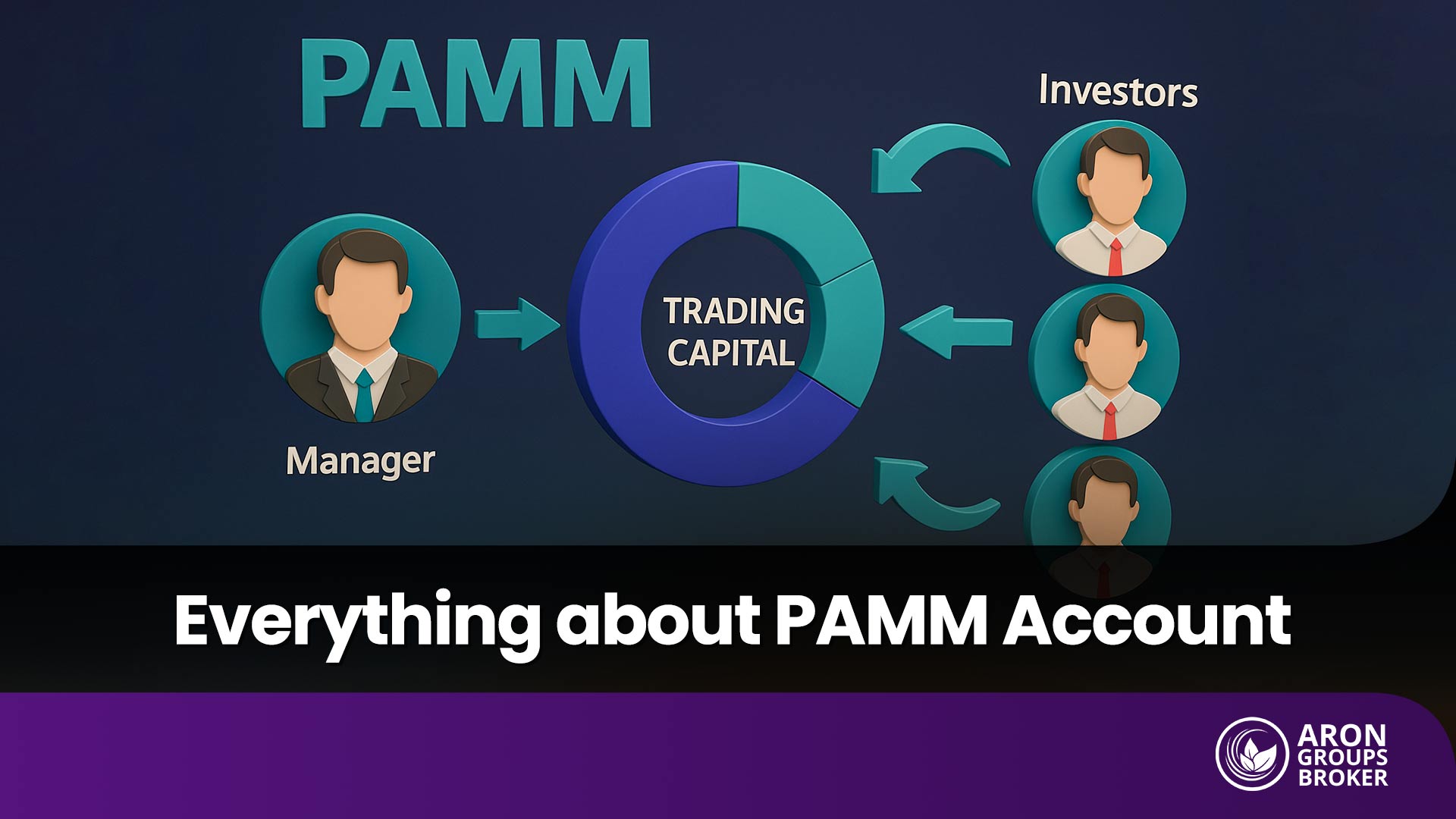Making money through the forex market and trading is getting more and more popular. Although it is welcomed by folk all over the world and has become a money-maker for a big group of people, it can cause significant loss and financial damage for beginners who are just starting to experience trading in this attractive market.
Maybe the first question that comes to any newcomers’ mind is how much money they need in the first level to start trading. However, the answer to such a question is not easy. The money you take to the market and you need to trade in forex depends on some factors like the traders’ experience level, their account and its type, and their risk tolerance.
Aron Groups has aimed to provide a few general guidelines to conduct the investors and traders in calculating the amount of money they should transfer to start trading in forex. Aron Groups has tried to determine the minimal adequate money that is necessary to start trading.
Table of Contents
Forex trading for beginners
Beginners may find trading a challenging process, which would make them scared of starting. However, if they get the proper approach, they might have a profitable and money-maker trade, which would attract them more than before. Don’t forget that risk management is a critical factor in doing trade for beginners. Then, you need to know how much money you can put at risk, try to handle your trading process with that amount, and not overcharge the amount that you cannot afford to lose. You need to be realistic, and your expectations from the market shouldn’t surpass the facts of the market and your tolerance. You cannot make huge profits in the first level; your profitable account will be built gradually and step by step.
A beginner should keep in mind that forex trading is more like trading in any market; however, a standard account in this trading style is denominated by US dollars, and US cents denominate a cent account. There are terms like pip, which is worth just part of a cent, that cause risk management to be more straightforward. Cent accounts are offered with lower minimum deposits compared to the standard accounts by many brokers, which makes this trading easier for beginner traders.
The minimum amount to start forex trading now
A beginner trader can start trading with $100 if they have made up their mind and want to do trading in the forex market. However, it is advisable to start with a little more flexibility and increase this amount to $500. This amount will provide broader trading power by purchasing higher pairs. Keep in mind that trading a standard lot requires 100,000 units of currency. A mini lot (10,000 units) or a micro lot (1,000 units) will be possible if the trader is able to afford a more prominent position. If the beginner trader has done a little research before making the trade knows that the forex market is highly leveraged; that is, even a tiny up and down in the markets can cause a significant impact on traders’ account balance. Risk management is a crucial ability for doing trade, and tools like stop-loss orders may help traders support their accounts from significant losses. Even with a relatively small amount of capital, it is possible to get significant amounts of profit, but implementing a proper risk management plan is a must.

Does the leverage in forex trading affect traders’ financial status?
Traders can use borrowed money for doing trade when they are acting in the forex market, which happens under the shadow of the leverage fact. They can purchase their fund by the use of the leverage. However, leverage brings both risk and benefit together. Traders can stand on their funds for a longer time with the assistance of leverage within the trading market. Still, they accept a higher level of risk, and they need to plan and schedule more accurate and detailed trading programs to take advantage of that.
Traders can multiply their income and returns by leverage. Best traders advise beginner traders not to put more than 2% of their capital amount on risk in any trade, and this amount declines to 1% when it comes to new traders and beginners. Undercapitalized traders can use the leverage with their desired amount, even by 50 to 400 times their funds and investment.
Do people need capital to enter the forex trading world?
A trader should own and offer one form of capital amount to enter the trading world; this trading can be forex or any other variety of that; however, it is not necessary to start with a considerable amount or asset. A trader can start trading with a small amount, like a few hundred dollars.
Before going into how much money you’ll need to trade forex effectively, we need to look at why this issue is essential. Does it really matter if you start an account with $100 or $3000? Yes!
The last word
Starting with a small amount and increasing the capital amount size and amount gradually until the trader gets enough experience and becomes more aware of the present risks in the forex market is a wise act. The guidelines are easy; a trader should be careful and sure to ensure their capital and profitable trading in the forex market
Read More: How To Choose The Best Currency Pairs For Trading In The Forex Market





















